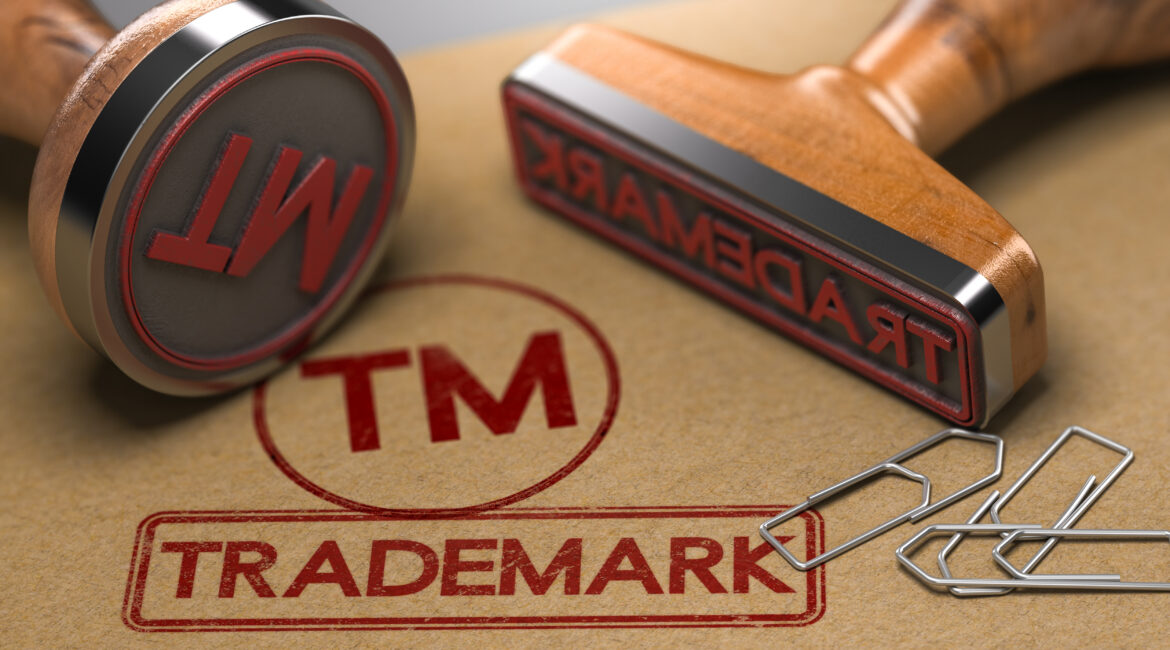With a few exceptions, such as in the European Union or some African countries, trademarks are territorial rights and only give protection in the country in which the trademark is registered. If you are selling products and services in a large number of countries, then it may be necessary to file in a large number of countries. This can be an expensive process as it may involve translating the list of goods and services for which protection is sought and requesting local attorneys or trademark agents to file the trademark application on your behalf. One solution is to file an international trademark registration, as we explain here. This saves a lot of work on translations, but the fees are still dependent on the number of countries filed. It is, therefore, necessary to think about prioritizing the list of countries for trademark filing and the question becomes what factors should be taken into account when setting the priority list.
Home Country – where you are based.
Filing a trademark in your home country is the most logical step. It’s normally where your business started and where most of your operations will be based. It can be relatively cost-effective and can serve as a base for filing trademark applications in other countries.
Countries of Sale of Products or Services
A registered trademark gives you the right to stop others from selling similar goods or services using a similar or identical trademark in the country of registration. It’s important therefore to file trademarks in those countries in which you have large numbers of sales. This can stop others from taking advantage of your trademark.
Country of Manufacture
Even if you are based in one country, it’s possible that your products will be made in other countries and trademark registrations in those countries will be important to stop counterfeit products or “grey market” goods from appearing on the local markets or being exported without your authorisation.
Risk of Infringement
There are a number of countries around the world in which trademark infringement is known to be a big risk. Even if you do not have major business in these countries, it may be useful to file for a registration in these countries to be able to stop misuse of the brand name at an early stage.
Trademark Squatting
Even if you’re not focused on worldwide sales, it can still be useful to pro-actively file for trademark protection in further countries to stop others from filing identical or similar brand names as trademarks. Most countries have a grace period during which you do not have to use the trademark – for example five years in the European Union.
Further Information
Developing the right international trademark strategy is a mixture of business and legal knowledge, feel free to get in touch if you have any questions. You can contact us here.





